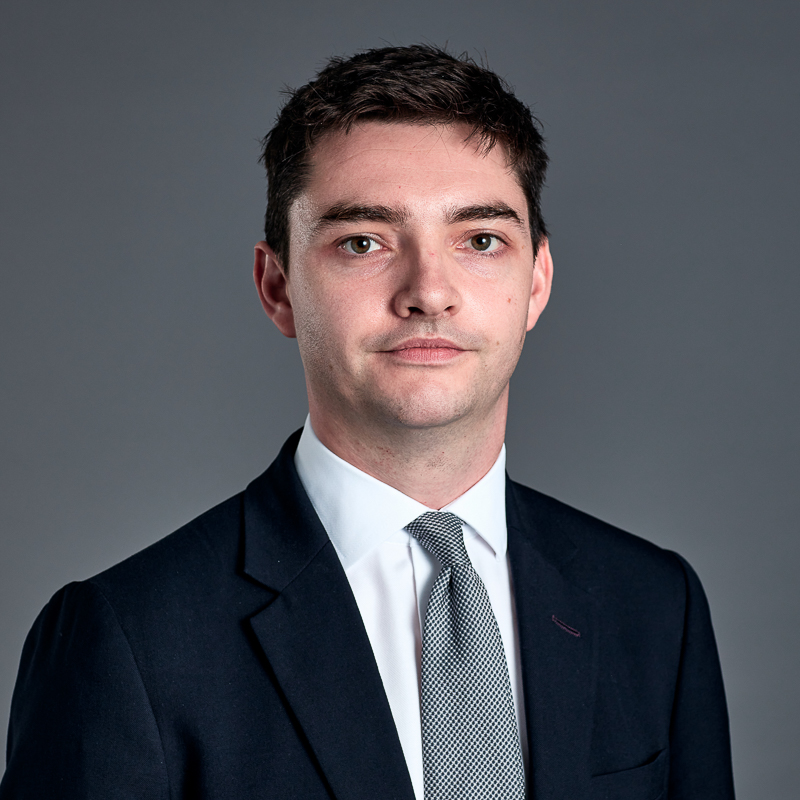Does the Court have jurisdiction over compliance with the Pre-Action Protocol for Low Value RTA Claims (“the Protocol”)? In its decision of 24 June 2025, the Court of Appeal decided in MH Site Maintenance Services Limited and another v James Watson [2025] EWCA Civ 775 that, when proceedings have been issued, the answer is “yes.”…
In Jenkinson v Hertfordshire County Council [2023] EWHC 872 (KB) (judgment here), Andrew Baker J has thrown the cat amongst the pigeons on the question of when medical treatment following a tort can break the chain of causation.
The orthodox approach to this issue had been to follow the guidance of the Court of Appeal in Webb v Barclays Bank plc [2002] PIQR P8, which was thought to be authority for the existence of a specific rule of law, which Andrew Baker J defined as follows at [13]:
DJ Vernon … considered that Webb establishes as a rule of law that medical treatment of an injury caused by a defendant’s tort cannot break the chain of causation unless it is such grossly negligent treatment as to be a completely inappropriate response to the injury (“the Specific Rule”).
Jumping to the end, at [43] Andrew Baker J held:
In my judgment, the Specific Rule does not exist as a principle of law defining a necessary ingredient of a novus actus defence in the context of medical interventions. It follows that by paragraph 33(d) of his judgment in this case, DJ Vernon misdirected himself.
Andrew Baker J’s reasoning for that conclusion is contained at [25]-[42] of the judgment. In summary, a close analysis of Webb, which was a decision on a claim for a contribution under the Civil Liability (Contribution) Act 1978 between Mrs Webb’s employer Barclays Bank plc and the Portsmouth Hospitals NHS Trust, shows that the Court of Appeal, whilst apparently giving an unqualified endorsement of the Specific Rule, did not in fact apply it to decide that case: “rather, Henry LJ at [56] considered a range of factors, only one of which was that there has been negligence but not gross negligence” (see [41]).
It was also noted that the origins of the Specific Rule as cited in Webb might be dubious. Webb at [55] cited with approval a passage from the then-current edition of Clerk & Lindsell on Torts. This passage now appears at para. 2-124 in the current (23rd) edition of that work, which shows it to be drawn from the dissenting speech of Lord Reid in the decision of the House of Lords in Hogan v Bentinck West Hartley Collieries (Owners) Ltd [1949] 1 All ER 588. That also seems to conflict with the more general discussion of the law on the intervening conduct of a third party at para. 2-114, which points against the existence of the Specific Rule.
Notable by its absence in the judgment is discussion of the twin decisions of the Supreme Court in 2021 in Manchester Building Society v Grant Thornton UK LLP [2022] AC 783 and Khan v Meadows [2022] AC 852. Whilst those decisions were mainly about the scope of duty question in the context of defendants providing professional services, they might indicate a willingness of the courts to limit liability in negligence. The majority’s six-question sequence (see Khan at [28]), if applied to the facts of Jenkinson from the point of view of the NHS Trust, may produce a different outcome. In particular, the sixth question, concerning legal causation, recognises that “the law does not impose responsibility on a defendant for everything that follows from his or her act or omission, even if it is wrongful” (ibid. at [55]). Whilst both the original tortfeasor and subsequent medical professional might find support in that statement, it arguably confirms rather than denies the existence of the Specific Rule.
More interesting still is Andrew Baker J’s consideration of the policy implications of the existence of the Specific Rule at [41]:
Still further, I consider there is no logical justification or policy reason for creating a specific rule of law in the context of negligent medical intervention, and that a rule of law in terms of the Specific Rule is a recipe for litigation within litigation over when treatment otherwise proper in kind is so poorly executed as to become an inappropriate medical response.
The obvious counter-argument to that is that by setting the bar for proving subsequent negligent treatment so high, speculative attempts by the primary tortfeasor to raise a causation defence of this type are discouraged. As policy considerations are more naturally the province of the Supreme Court, and given the implications of this decision for the NHS and, by extension, the public purse of his decision, this could well be a case that reaches the apex court.
Recent Posts
In the recent Judgment of Edwards and ors v 2 Sisters Food Group Limited [2025] EWHC 1312 (KB), Sir Peter Lane considered causation in work-related COVID-19 claims and the courts’ approach to a summary judgment application where further evidence may yet be adduced by the respondent. This Judgment is of significance for anyone dealing with…
Philip Turton adds to his article on URS Corporation Limited v BDW Trading Limited. This article can be read here. Two weeks ago I wrote about the effect of URS Corporation Limited v BDW Trading Limited [2025] UKSC 21 (“URS Corporation”) on claims for contribution in mesothelioma cases. The effect of the decision in the…

